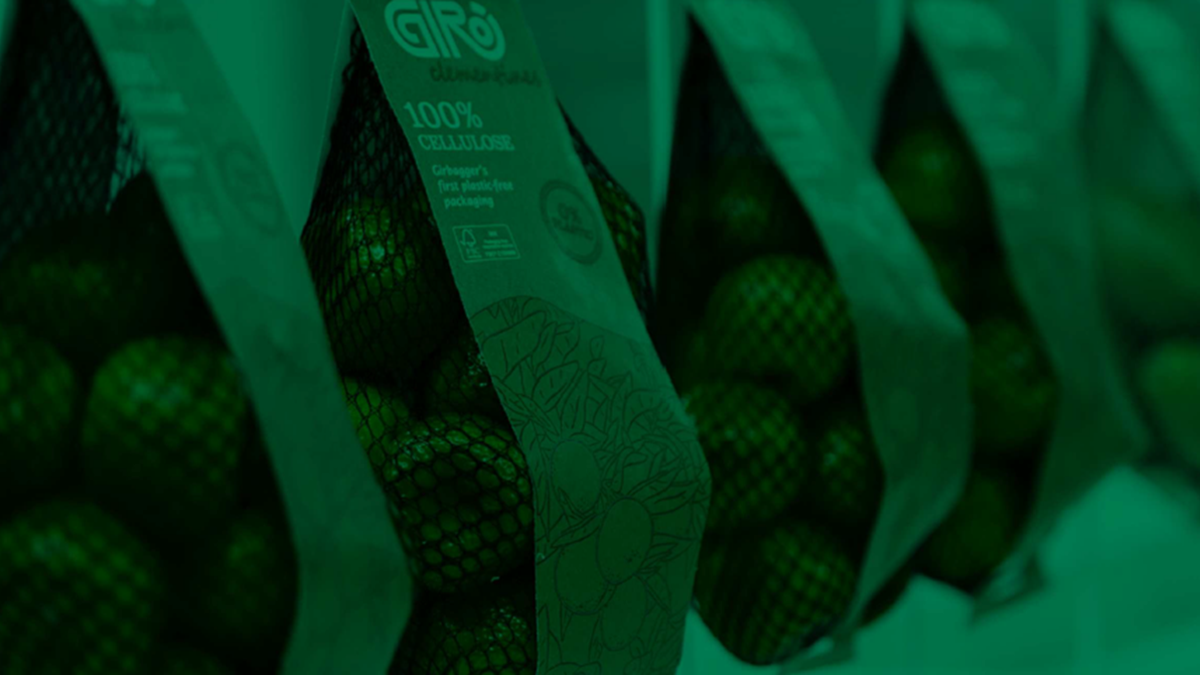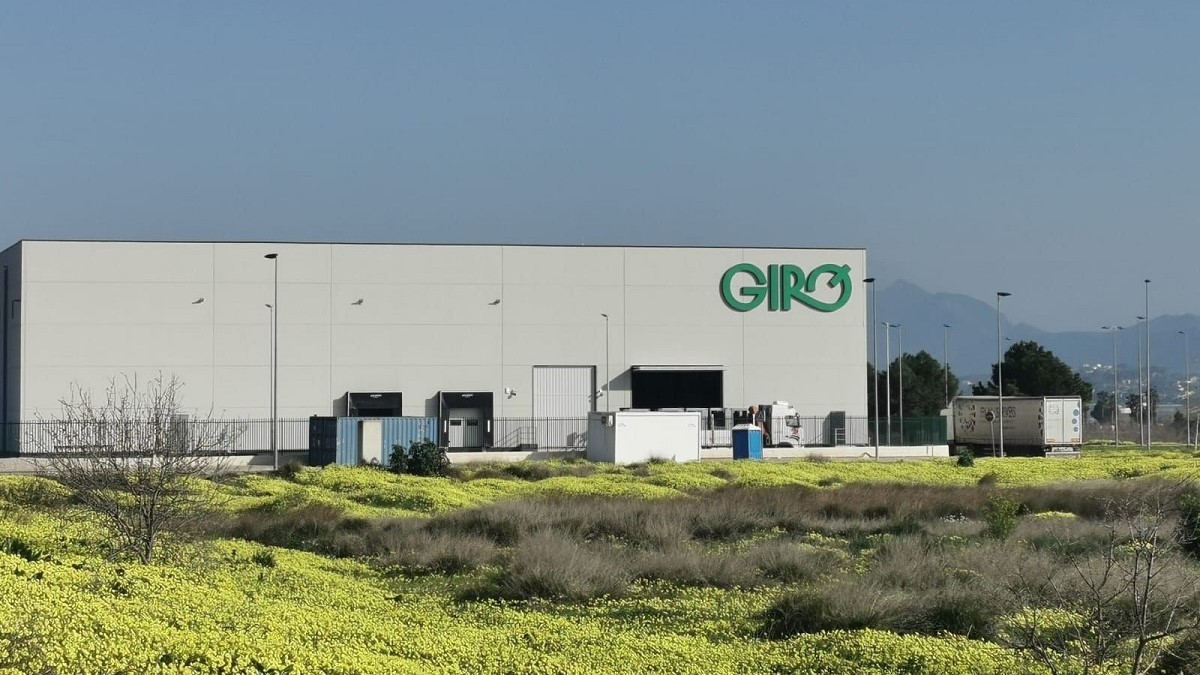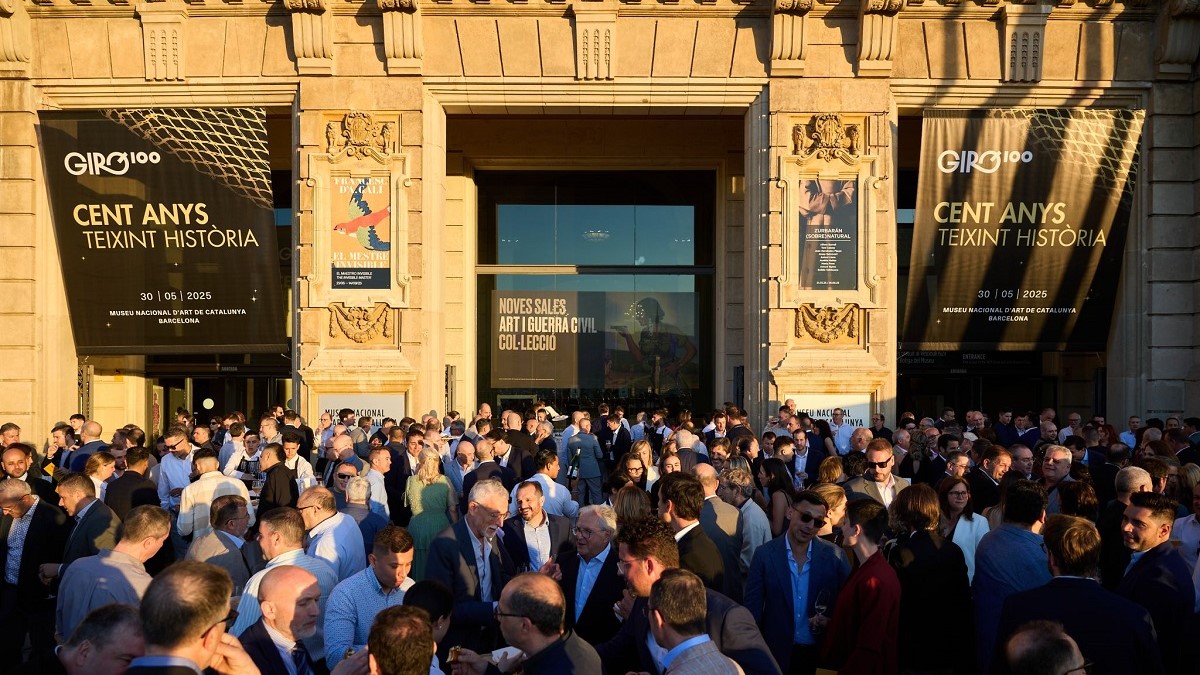Packaging
Giró net packages, the most sustainable on the supermarket
To evaluate the effciency of a packaging in terms of its sustainability and respect for the environment, different criteria must be taken into account: The materials. First, the packaging must be made with materials that have a minimum environmental impact when disposed of. In this sense there are two clear options: use recyclable materials or use biodegradable / compostable materials. GIRÓ is constantly researching in this feld and, for the moment, the best solution is the use of polyolefn derived plastics, raw materials that are 100% recyclable and offer an excellent performance, weight and price ratio.
25 May, 2018
To evaluate the effciency of a packaging in terms of its sustainability and respect for the environment, different criteria must be taken into account: The materialsFirst, the packaging must be made with materials that have a minimum environmental impact when disposed of. In this sense there are two clear options: use recyclable materials or use biodegradable / compostable materials. GIRÓ is constantly researching in this feld and, for the moment, the best solution is the use of polyolefn derived plastics, raw materials that are 100% recyclable and offer an excellent performance, weight and price ratio. The use of compostable materials was also an option proposed by Giró and we were the frst company to certify a packaging of compostable mesh. However, these materials, in addition to having a higher cost, have lower performance in terms of strength and weldability, which requires using more material to achieve a similar result. On the other hand there is some confusion and controversy regarding the convenience of using agricultural crops to be used for the production of raw materials (there are food defcits in many countries) or the possibility of contaminating plastic or organic waste if the consumer doubts the packaging composition. Carbon footprintAnother important aspect to evaluate the sustainability of a pack is its carbon footprint. The carbon footprint is a measure of the environmental impact caused by a product, service or even a process. The carbon footprint measures - in a fairly complex calculation - the emission of greenhouse gases that this product or service causes throughout its production chain and life cycle to its destruction, both directly and indirectly. For a packaging, the calculation of the carbon footprint consists of analyzing the emission of gases (or their equivalent) in the process of extracting the raw materials that made it, its design and transformation, packaging, transport, distribution and recycling. It is a very interesting concept because it not only takes into account the recyclability or reuse of the packaging but many other aspects that impact on the environment. To understand the concept well lets take a very simple example: is a glass bottle more ecological than a plastic one? A priori it may seem that glass is a more recyclable material than plastic and we might even think that the glass bottle is reusable once it has been washed. However, a 1.5 liter PET plastic water bottle weighs 35 g. Therefore, to contain 1.5 kg of water, 35 g of packaging are needed, that is, 2.3% of the total weight is packaging. On the other hand, if the bottle is made of glass, to transport 1.0 l of liquid, 410 g of packaging are needed, therefore 29% of the total weight is container. A 12 ton truck that transports liquid moves 276 kg of plastic in one case or 3,480 kg of glass. The effect is spectacular: every 2 trucks of liquid in PET equals 3 trucks of liquid in glass bottles. This same proportion is also applicable in the space occupied at the point of sale, the energy consumed in the trucks, the transport of the recycling containers, etc. And all these elements in the life cycle consume energy that, directly or indirectly, end up emitting greenhouse gases. The Giró net packaging Without a doubt, the most sustainable packaging system that can be found in supermarkets around the world is the Giró net packaging. Depending on the type of packaging (using Girflm with greater or lesser width or thickness) and the size of the packaging (kg of content), our packaging represents only between 0.18% and 1.03% of the weight of the contents. Compared with liquid containers, Giró mesh containers are between 2.3 and 30 times more efficient. There is no other type of packaging that meets this sustainable relationship and with so little environmental impact due to its carbon footprint, without forgetting that the Giró net bags are made 100% with recyclable materials. ImageThis chart shows the weight of different types of packaging needed to contain 1 kg of product. In each type the usual range of values is indicated, taking into account that the packaing size and possible variants can signifcantly affect the weight of the pack to contain 1 kg of product. More information, Giró Magazine 2018












